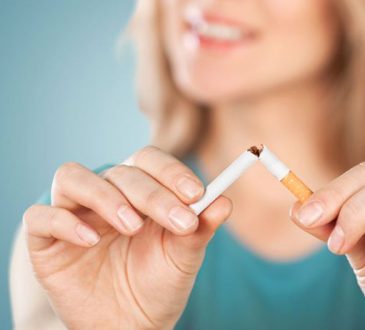The California Department of Public Health (CDPH) is conducting air sampling in vape shops across the state to assess the health impacts of second-hand vapor exposure.
In a recent blog post, Public Health Expert Dr. Michael Siegel highlighted that the findings of this report were derived from a vape shop that was relatively small and lacked ventilation. During the sampling process, numerous employees and 13 customers were actively vaping, creating a situation that involved a significant level of exposure to second-hand vapor. Despite these unfavorable conditions, the results indicated no presence of harmful levels of hazardous chemicals.
According to Dr. Michael Siegel: “Even though this study was conducted in a small, non-ventilated vape shop with a substantial number of employees and customers vaping, leading to visible clouds of vapor, no dangerous levels of exposure to any hazardous chemical were observed.”
The main results of the air sampling go as follows :
- Nicotine: Not detected
- Glycidol: Not detected
- Formaldehyde: 7.2 ppb
- Diacetyl: Not detected using standard method
- 2,3-Pentanedione: Not detected using standard method
- Acetyl butyryl: Not detected using standard method
- Acetoin: Not detected using standard method
- Acetone: Not detected
- Ethyl benzene: Not detected
- m,p-Xylene: Not detected
- o-Xylene: Not detected
- Toluene: Not detected
- Acetaldehyde: Not detected
- Acetonitrile: Not detected
- alpha-pinene: Not detected
- Benzene: Not detected
- Chloroform: Not detected
- d-Limonene: Not detected
- Methylene chloride: Not detected
- Methyl methacrylate: Not detected
- n-Hexane: Not detected
- Styrene: Not detected
Finally putting formaldehyde concerns to rest?
Dr. Siegel highlighted that the level of formaldehyde detected in the study is within the range typically found in indoor and outdoor air under normal conditions. He further noted that the only other chemicals detected were ethanol (alcohol) and isopropyl alcohol.
Dr. Siegel stated, “Despite being conducted in a small, non-ventilated vape shop with intense exposure conditions, where numerous employees and customers were actively vaping and visible vapor clouds were present, this study did not identify any hazardous chemical exposure at dangerous levels. Nicotine exposure was virtually non-existent. The level of formaldehyde exposure was comparable to what is typically found in various indoor and outdoor environments. Additionally, acetone, acetoin, other aldehydes, toluene, benzene, and xylene were not detected. Furthermore, the standard method employed in the study did not detect any chemicals associated with ‘popcorn lung’.”
There is no reason for governments to prohibit vaping
“The findings of this study contribute to the growing body of evidence indicating that, under real-life conditions, secondhand vaping does not appear to pose significant health risks,” concluded the public health expert. He further expressed that, having played a role in implementing smoking bans in the past, based on the current evidence, he sees no compelling reason for governments to prohibit vaping in public spaces. He added, “Regarding vaping, I currently do not find any reasonable evidence suggesting that it presents a significant health hazard to bystanders.”




